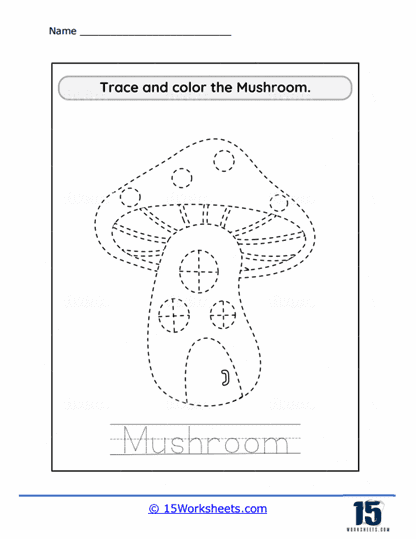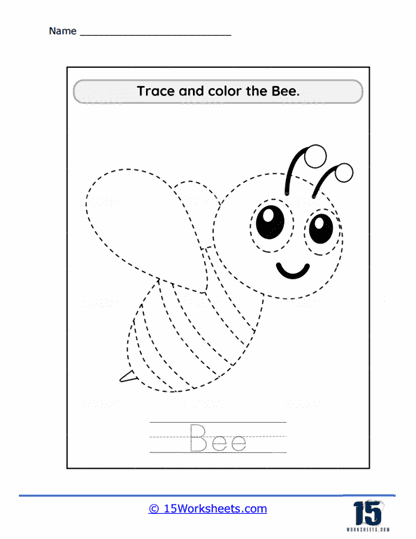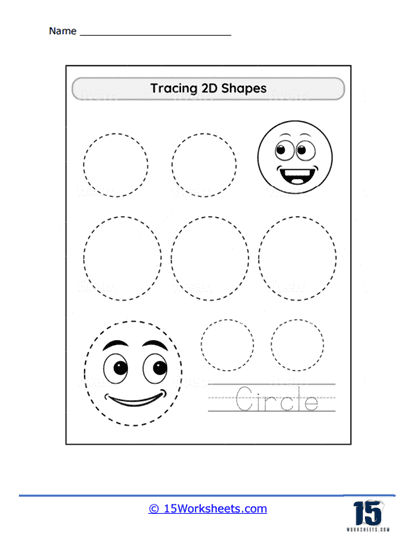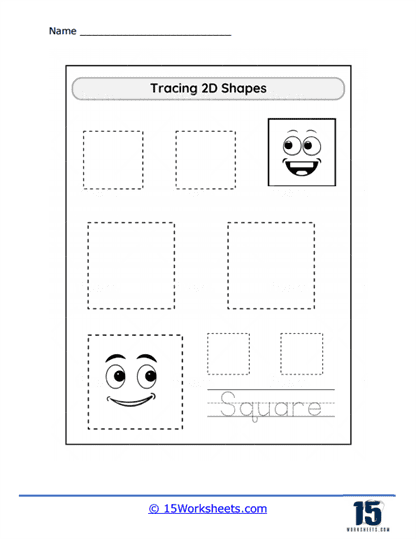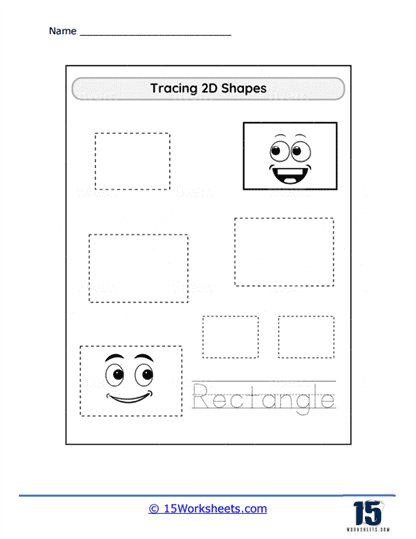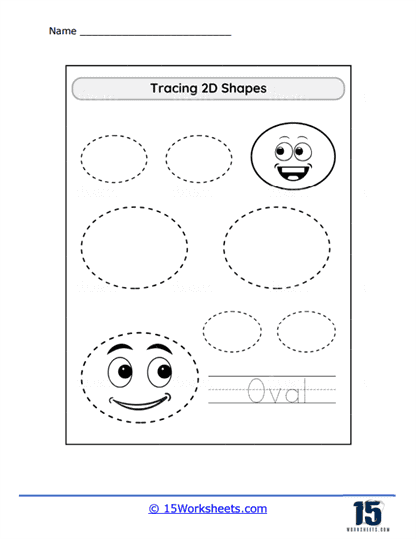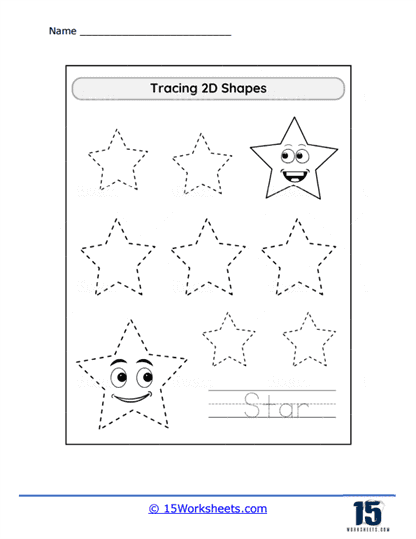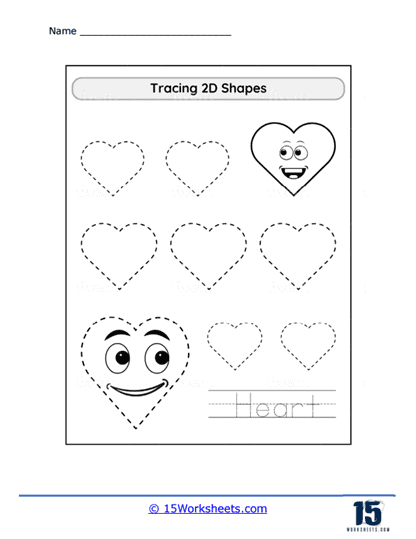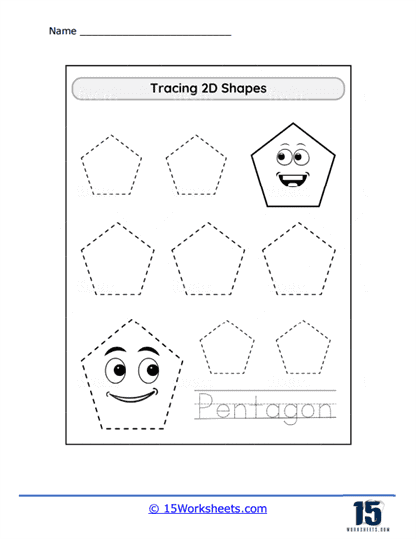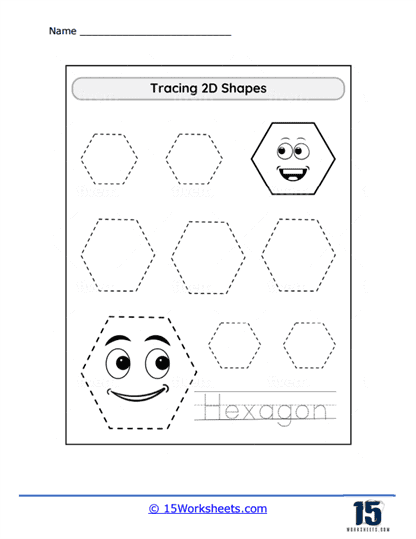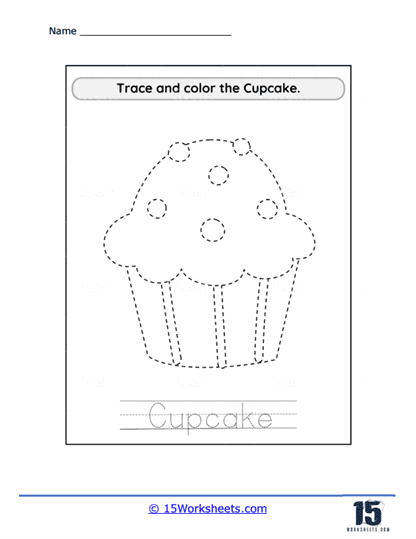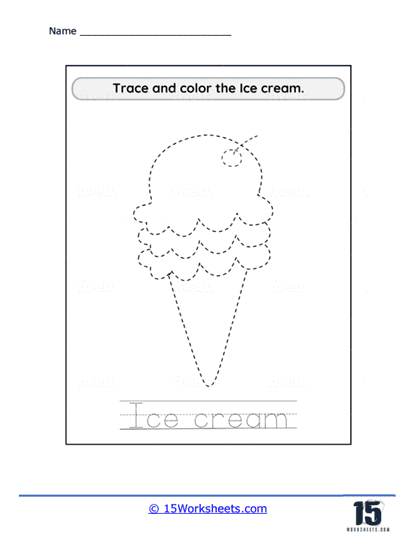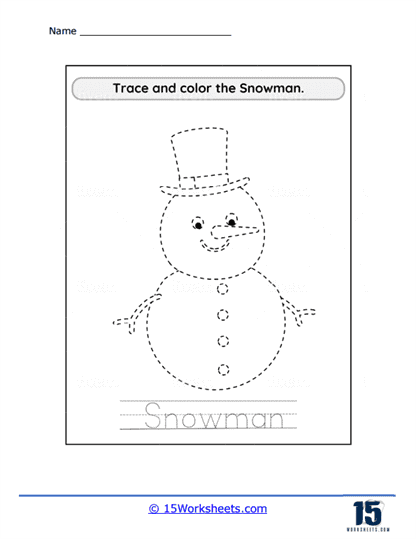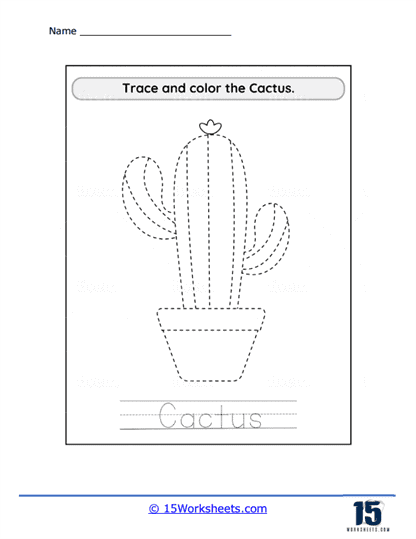Shape Tracing Worksheets
About These 15 Worksheets
Shape tracing worksheets are educational resources designed to help students, particularly young children, learn about and practice working with various shapes by tracing their outlines. The outlines are often dotted or dashed, indicating the path that the child should follow with a writing utensil, such as a pencil or crayon. These worksheets can be used in the classroom or at home to develop fine motor skills, hand-eye coordination, and shape recognition.
In addition to fine motor skill development, shape tracing worksheets also introduce children to different shapes and help them recognize and identify these shapes in their surroundings. This activity promotes spatial awareness and lays the foundation for geometry concepts.
Shape tracing worksheets often include a variety of basic shapes, such as circles, squares, triangles, rectangles, ovals, and more.
Some common activities found in shape tracing worksheets include:
Tracing over dotted or dashed shapes – Worksheets provide outlines of shapes in a dotted or dashed format, and students trace over them using a pencil, crayon, or marker. This helps students become familiar with the shape’s form and improves their drawing skills.
Drawing shapes independently – After tracing shapes, students might be asked to draw the same shape next to the traced one without any guidance. This encourages students to develop their ability to draw shapes from memory.
Repetition – Worksheets might include rows or columns of the same shape, with one or more shapes completed as an example. Students then trace or draw the remaining shapes to practice consistency.
Shape Recognition and Naming – Some worksheets might also ask students to identify and name the shapes they’ve traced, reinforcing their understanding of shape names and properties.
Coloring Shapes – To make the activity more engaging and visually appealing, students might be asked to color the shapes they’ve traced, which can also help reinforce shape recognition.
Shape tracing worksheets can be found in various levels of complexity, catering to different age groups and skill levels. They are typically part of a broader curriculum that focuses on pre-writing skills, basic shapes, and foundational motor development. These worksheets can be found in various formats, such as printed handouts, workbooks, or digital resources.

